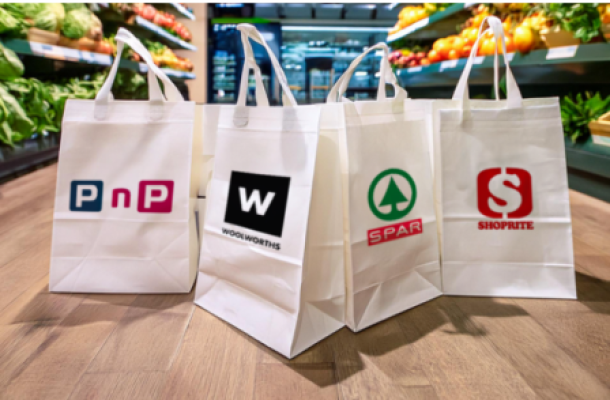Consumers win as food retailers push price cuts
As in many markets in the rest of the world, tough economic conditions had led South African retailers to compete aggressively on price — a move that might see consumers become accustomed to bargains, even if the environment improves, London based-Standard & Poor’s analyst Raam Ratnam said.
Slowing income growth, high household debt and the rising cost of living have prompted SA’s grocery heavyweights to launch aggressive price promotions to capture consumers’ spend.
The latest EY-Bureau for Economic Research retail survey results indicate, however, that most retailers reported a broad-based slowdown in volume growth and a marked deterioration in profitability levels during the third quarter. Looking at input costs and selling prices, the majority of retailers said that input costs had escalated at a faster rate than their selling prices.
"In the UK, price competitiveness became a big point during the economic crisis. Even though there has been some recovery, consumers just became so hardwired to bargains and got so used to promotions that it has become a way of life for them and retailers have had to adapt," Mr Ratnam said.
Aldi and Lidl, Germany’s toughest discount food retailers, have altered the competitive landscape in the UK with their no-frills supermarkets. Even as income levels have started to recover, research shows that middle-income shoppers who traded down during harsher conditions have continued to shop at lower-priced discounters.
According to consumer research group Nielsen, the pair have also opened stores in more upmarket areas. To win shoppers back, players such as Tesco, Asda and Sainsbury’s continue to slash prices, albeit at the expense of profits. In SA, the grocery market has become increasingly well penetrated as retailers have been vying for new sites because the forecasted space growth from developers is still below historical trends. The local grocery space is no less competitive than international markets as Pick n Pay aims to fend off Spar, Shoprite and Woolworths.
Over the past five years, the choice for middle-income consumers has broadened as players such as Game, moved into the fresh food market — adopting Walmart’s Marketside brand.
The consequence of a tougher environment was that SA’s retailers were a lot more competitive, according to Gareth Ackerman‚ co-chairman of the Consumer Goods Council of SA.
"Everyone is fighting to maintain or increase market share and this means consumers are getting better deals now than they have ever got," Mr Ackerman, who also chairs Pick n Pay, said in an interview.
News Category
- International retailers
- On the move
- Awards and achievements
- Legislation
- Wine and liquor
- Africa
- Going green
- Supplier news
- Research tools
- Retailer trading results
- Supply chain
- Innovation and technology
- Economic factors
- Crime and security
- Store Openings
- Marketing and Promotions
- Social Responsibility
- Brand Press Office
Related Articles

Checkers Sixty60 wipes floor with Pick n Pay As...

Top tips for consumers to combat escalating ele...

Clear winner in South African retail battle

Drinks survey reveals Rooibos as a top choice a...


